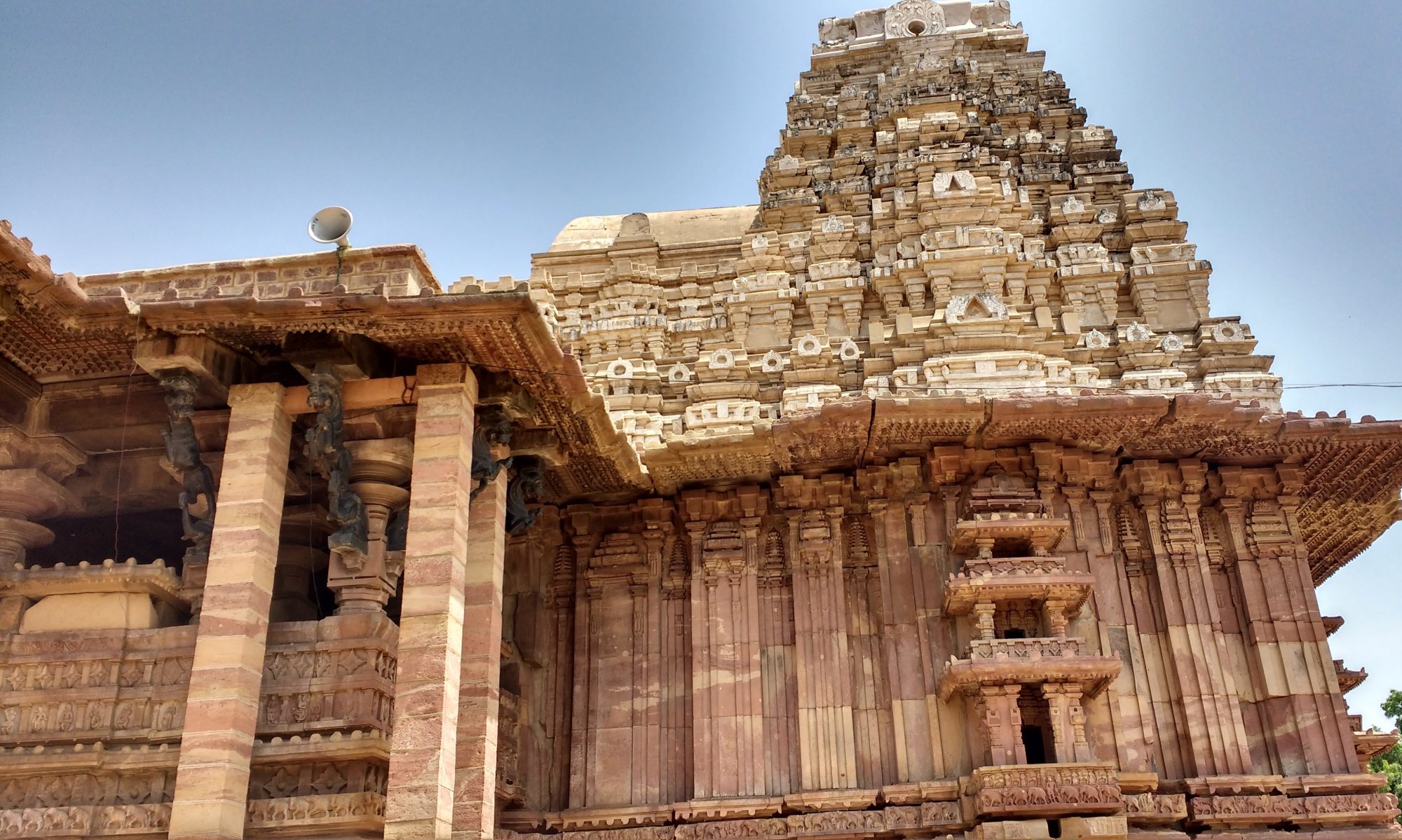Telangana was the center of culture, learning, and power in the Deccan and India for centuries. Telangana’s long and rich history was shaped by the great empires that have risen and fell in its area. After the decline of the influential Mauryan Empire, the Satavahana dynasty (230 BCE to 220 CE), the first great Telugu empire, came to be the dominant power in the region. It originated from the lands between the Godavari and Krishna Rivers. Kotilingala in Karimnagar was their first capital, before moving to Dharanikota. Excavations at Kotilingala revealed the coinage of Simukha, the first Satavahana emperor. The Satavahana Empire was important in repelling foreign empires from India, such as the Kushans, Sakas, and Greeks, thereby preserving Indian culture.
After the decline of the Satavahanas, various dynasties ruled the region such as the Vakatakas, Vishnukundinas, Chalukyas, Rashtrakutas, and Western Chalukyas.
The region experienced its golden age during the reign of the Kakatiya dynasty, a Telugu dynasty from Warangal that ruled most parts of what is now Andhra Pradesh from 1083 to 1323 AD. Ganapatideva was known as the greatest of the Kakatiyas, and the first after the Satavahanas to bring the entire Telugu area under one rule. He put an end to the rule of the Cholas, who accepted his suzerainty in the year 1210. He established order in his vast dominion that stretched from the Godavari delta in the east to Raichur (in modern-day Karnataka) in the west and from Karimnagar and Bastar (in modern-day Chattisgarh) in the north to Srisailam and Tripurantakam, near Ongole, in the south. It was during his reign that the Golkonda fort was constructed. Rudrama Devi and Prataparudra were prominent rulers from the Kakatiya dynasty.
The great Vijayanagara Empire of South India may have had its origins in the Telugu Kakatiyas of Warangal. The Telugu origin of the dynasty proposes that the first kings of the empires, brothers Bukka Raya I and Harihara I, were generals in the Kakatiya army. After the defeat of the army by Muhammad bin Tughlaq, the brothers were taken prisoner and forced to convert to Islam. However, they managed to escape, reconfirm their Hindu faith, and establish the Vijayanagara Empire.
The region came under the Muslim rule of the Delhi Sultanate in the 14th century, followed by Bahmanis, Qutb Shahis, and the Mughals

